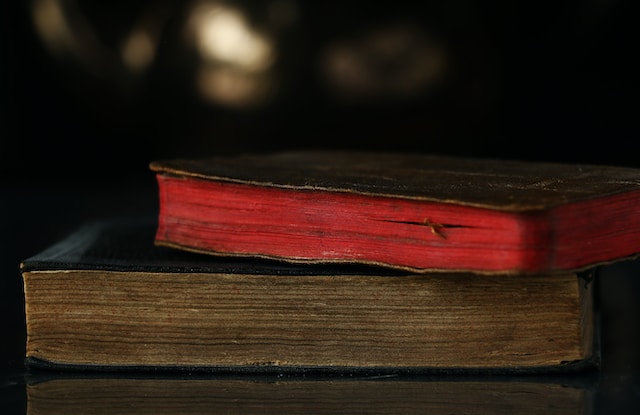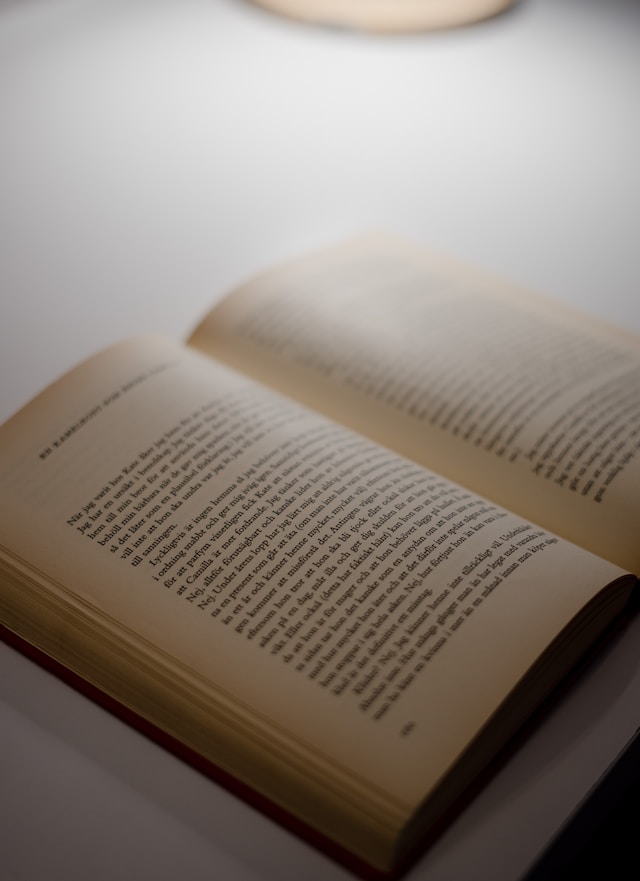Introduction:
Classic literature has always held a special place in the hearts of readers, transporting them to different worlds and immersing them in captivating stories. Over the years, filmmakers have taken on the challenge of adapting these beloved novels into movies, bringing the written word to life on the silver screen. This article explores the evolution of novels in film history, examining how filmmakers have reimagined classic literature and the impact these adaptations have had on both mediums.
1. The Early Days of Novel Adaptations:
In the early days of cinema, filmmakers recognized the potential of adapting classic novels for the screen. Silent films like “The Hunchback of Notre Dame” (1923) and “Dr. Jekyll and Mr. Hyde” (1920) brought iconic literary characters to life, captivating audiences with their visual storytelling. These adaptations laid the foundation for future filmmakers to explore the possibilities of translating novels into film.
2. Technological Advancements and Visual Spectacles:
As technology advanced, filmmakers gained new tools to enhance their adaptations of classic literature. The introduction of sound in the late 1920s allowed for more nuanced storytelling, enabling filmmakers to capture the essence of the original novels. With the advent of color film, movies like “Gone with the Wind” (1939) and “Pride and Prejudice” (1940) brought vibrant worlds to the screen, captivating audiences with their visual splendor.
3. Modern Interpretations and Diverse Perspectives:
In recent years, filmmakers have embraced a more modern approach to adapting classic literature. Directors like Baz Luhrmann with “Romeo + Juliet” (1996) and Joe Wright with “Pride & Prejudice” (2005) have infused their adaptations with contemporary elements, breathing new life into these timeless stories. Additionally, there has been a push for diverse perspectives in novel adaptations, with films like “Little Women” (2019) showcasing a more inclusive and representative cast.
4. Exploring Unseen Narratives:
Some filmmakers have taken the opportunity to explore untold narratives within classic literature. For example, “Wide Sargasso Sea” (1993) delves into the backstory of the character Bertha Mason from Charlotte Brontë’s “Jane Eyre,” providing a fresh perspective on a well-known story. These adaptations not only reimagine the original novels but also offer new insights and interpretations for audiences to ponder.
5. The Influence of Novel Adaptations on Literature:
The impact of novel adaptations on literature cannot be overlooked. Successful film adaptations often lead to renewed interest in the original novels, introducing them to new generations of readers. Additionally, the visual and emotional impact of these adaptations can inspire authors to explore new storytelling techniques and themes in their own works.
Conclusion:
The evolution of novels in film history has been a fascinating journey, with filmmakers continuously reimagining classic literature for the screen. From the early silent films to the modern interpretations, these adaptations have brought beloved characters and stories to life, captivating audiences around the world. As technology and storytelling techniques continue to evolve, we can expect novel adaptations to remain a vital part of both the film and literary worlds, bridging the gap between these two art forms and enriching our understanding of classic literature.










